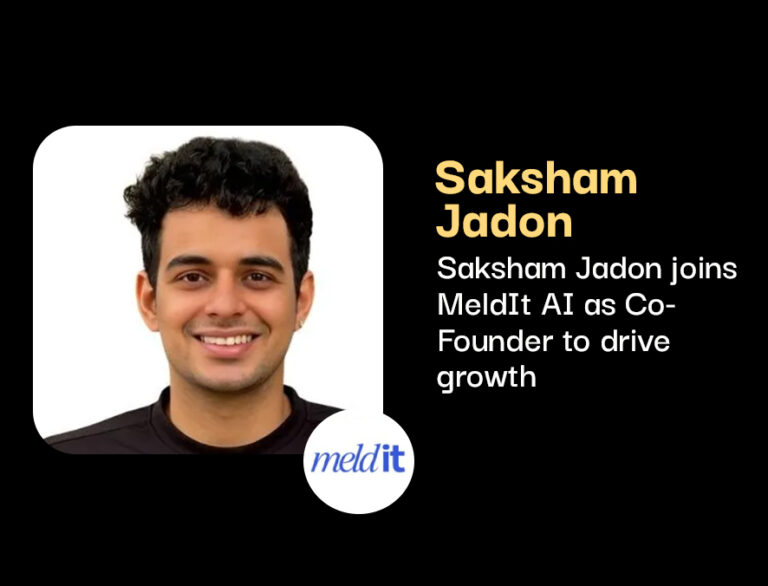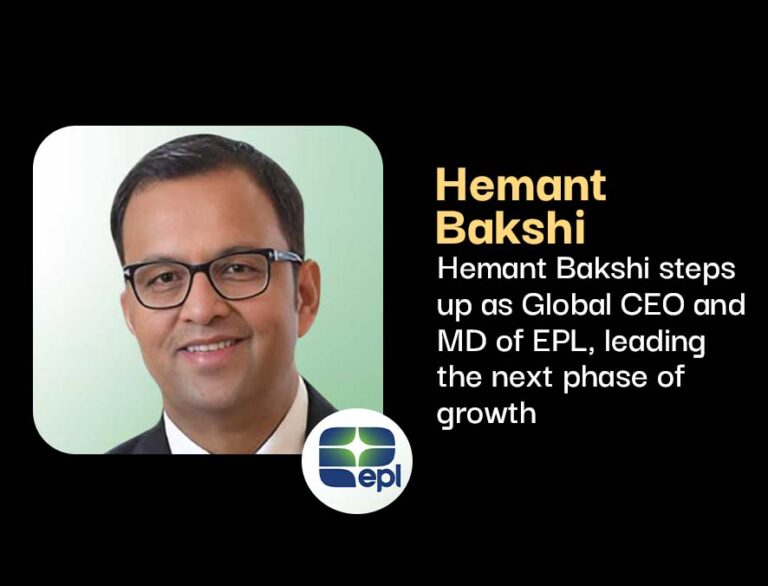The quick commerce landscape in India is undergoing a dramatic transformation, evolving from its grocery-focused origins into a comprehensive retail revolution that touches nearly every consumer category. What began as a simple proposition to deliver essentials in minutes has now expanded into a sophisticated ecosystem that’s reshaping how Indians shop.
The Expanding Quick Commerce Universe
Quick commerce in India has quickly grown beyond its initial grocery-focused model. Today’s platforms are delivering everything from electronics and fashion apparel to hot meals and personal care products—all within the 10-30 minute window that consumers have come to expect. This expansion represents a fundamental shift in consumer behavior, where convenience has become the primary currency in the retail experience.
Market Leaders Setting the Pace
The “big three” quick commerce giants—Blinkit (formerly Grofers), Zepto, and Swiggy’s Instamart—have established themselves as the dominant forces in the market. Each has built extensive dark store networks across major metros and tier-1 cities, with increasingly sophisticated inventory management systems that can predict demand patterns down to the neighborhood level.
Blinkit, under Zomato’s ownership, has leveraged its parent company’s restaurant delivery expertise to optimize logistics. Zepto, founded by teenage entrepreneurs, has attracted significant venture capital by focusing on technological efficiency and consistently maintaining delivery times under 10 minutes. Swiggy’s Instamart has capitalized on its existing delivery fleet and customer base to rapidly scale its operations.
Traditional E-commerce Giants Enter the Race
The success of pure-play quick commerce startups has not gone unnoticed by established e-commerce players. Flipkart (with its “Flipkart Quick” service), Amazon (testing “Amazon Fresh” instant deliveries), Nykaa (with “Nykaa Now”), and Myntra are all developing or expanding their quick commerce capabilities.
These established players bring significant advantages to the table: existing customer bases, robust supply chains, and deep pockets to fund the expensive dark store infrastructure required. Their entry signals a validation of the quick commerce model and suggests that rapid delivery will soon be an expected feature rather than a premium service.
New Disruptors Challenging the Status Quo
Beyond the established leaders, a new generation of quick commerce startups is emerging with specialized focus areas:
- BlinkIt Food: Focused exclusively on ready-to-eat meals and restaurant partnerships
- TechExpress: Specializing in smartphone accessories and electronics
- MedMinute: Promising delivery of over-the-counter medications and wellness products
- BeautyDash: Offering cosmetics and personal care items
- PetZip: Catering to the growing pet care market
These niche players are betting that specialized knowledge of particular product categories will allow them to optimize inventory and provide better customer experiences than general quick commerce platforms.
Market Size and Growth Trajectory
The Indian quick commerce market has already surpassed the $1 billion mark and is projected to grow at a CAGR of over 50% for the next five years. Urban areas currently dominate the market, but expansion into tier-2 and tier-3 cities has begun as logistics networks improve and smartphone penetration increases.
Challenges and Sustainability Questions
Despite the explosive growth, questions remain about the long-term sustainability of the quick commerce model. The economics of maintaining dark stores, employing delivery personnel, and absorbing delivery costs remain challenging. Most platforms continue to operate at a loss while focusing on market share.
Environmental concerns have also been raised about the carbon footprint of frequent, small-batch deliveries. Leading platforms have begun introducing electric vehicles and optimizing delivery routes, but the fundamental tension between convenience and environmental impact remains unresolved.
The Road Ahead
As competition intensifies, industry experts predict consolidation in the coming years. The future likely belongs to platforms that can effectively balance three key factors: delivery speed, product range, and unit economics.
The next frontier appears to be integration with other services—imagine ordering groceries that arrive alongside your dinner, or a new phone charger delivered with your meal. As India’s digital economy matures, quick commerce is positioned to become the connective tissue between various consumer needs, with the potential to fundamentally alter urban retail landscapes for decades to come.
For consumers, this competition translates to better service, wider selection, and potentially more sustainable business models as companies optimize their operations to survive in this hypercompetitive market.












